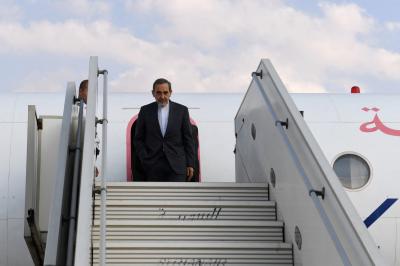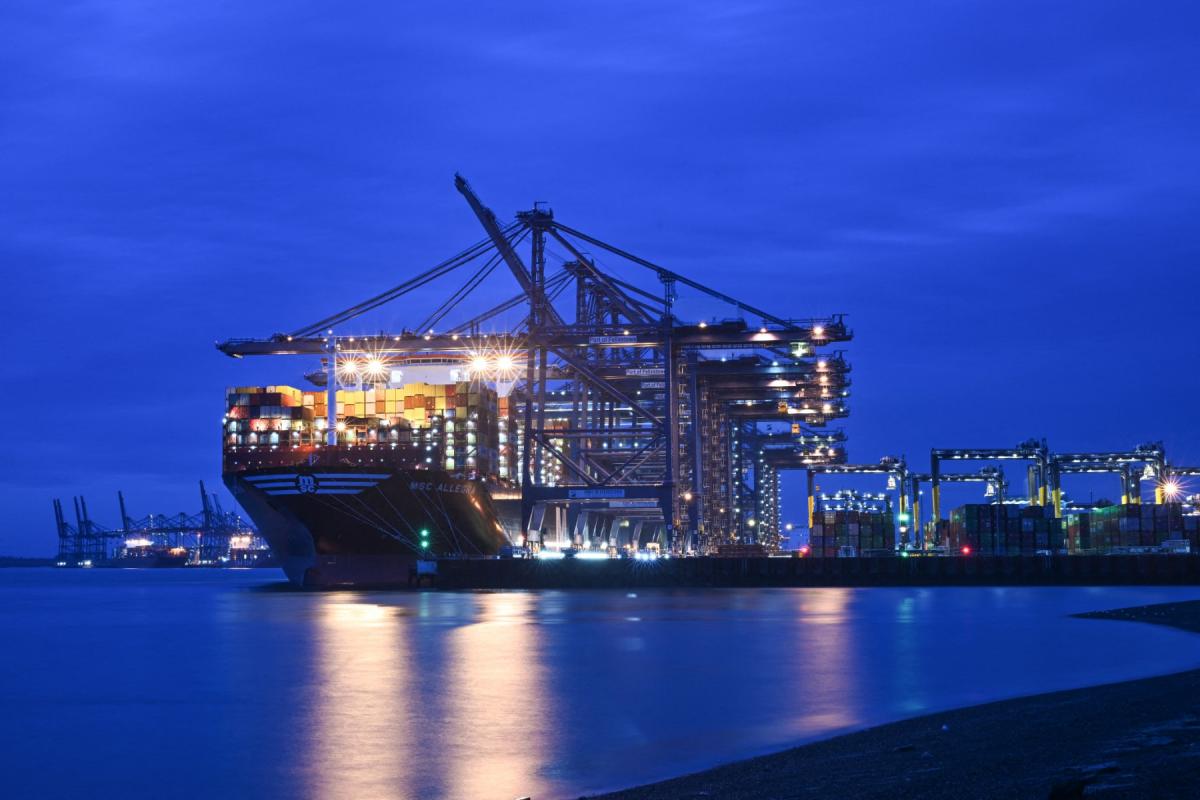Current global conflicts are posing major challenges to maritime transport, which accounts for about 90% of world trade by volume, according to the International Maritime Organization (IMO). Geopolitical tensions are disrupting key shipping lanes, driving up logistics costs, and threatening the safety of ships and crews. Where do we stand?
It was during COVID-19 that public opinion truly realized the importance of global maritime transport in ensuring the flow of goods to our doorsteps. Then came the war between Russia and Ukraine, which revealed how geopolitical tensions can heavily impact shipping.
In reality, the phenomenon has always existed. Certain geographical chokepoints will remain permanent flashpoints for armed conflict and geopolitical tensions: the Strait of Hormuz at the entrance to the Persian Gulf, the Bab el-Mandeb Strait at the gateway to the Red Sea, the Strait of Malacca between Indonesia and Malaysia, the South China Sea where Taiwan faces China, not to mention the vital Suez and Panama canals. With the media spotlight on “geopolitics,” the public has rediscovered the world map, realizing just how dependent modern consumer society is on global shipping—and how conflicts can ripple into the consumer’s shopping basket. This dependency is inescapable. The phenomenon may be more mediated than amplified, but awareness is essential if societies are to adapt, evolve, and change consumption patterns. It is now obvious: we are wholly dependent on East–West flows, and thus acutely exposed to the crises and geopolitical tensions highlighted by the IMO.
The Red Sea Case
The Red Sea is a vital artery between Europe and Asia. Roughly 90% of ships have rerouted via the Cape of Good Hope, adding 10 to 14 days to journeys and driving freight costs up by 30–50%. What impact will this have on consumer prices?
The Red Sea is a textbook example. A handful of Houthi rebels in Yemen—whom even Donald Trump could not stop—have made the route perilous for crews and ships tied to Israel, the U.S., or the U.K. (including vessels merely docking at related ports). In July, two small cargo ships were targeted and sunk. Since October 2023, over 110 ships have been attacked, according to IUMI (International Union of Marine Insurance). While the 90% rerouting figure may be inflated, ships taking the Cape route face sharply higher freight, fuel, transit, and insurance costs, alongside significant delays. Estimating the true impact on consumer prices is harder, as these costs are spread across countless intermediaries in the transport chain, from producer to end-buyer.
The Black Sea Case
The war in Ukraine has heavily impacted Odessa. Reports of drifting mines, missile strikes, and vessel seizures abound. How can such risks be insured?
The Black Sea is a different story. Daily shelling has made traditional insurers unwilling to cover risks there, lacking the necessary reinsurance. At the same time, successive sanctions barring coverage of Russian interests deter “Western” maritime insurers from venturing into the Black Sea.
A Parallel Economy: The Dark Fleet
Yet the Global South continues trading with Moscow. Turkey, China, and India maintain commercial ties. Shipowners, classification societies, and Russian-linked insurers sustain a parallel economy, transporting at low costs, illegally and with impunity.
This shadowy side of maritime transport, now widely known as the “dark fleet,” is growing. Between 800 and 900 “illegal” ships have been registered by IUMI. Nature abhors a vacuum—and in shipping, there is no such thing.
Asia: The South China Sea and Beyond
Elsewhere, tensions simmer in the South China Sea. Territorial disputes involve China, the Philippines, and Vietnam over the Paracel and Spratly Islands, alongside Beijing’s claims over Taiwan.
For insurers, brokers, and experts, geopolitical and war risks in Asia are the hardest to map. One described it as “a powder keg that only appears on radar at the very last minute.” Beyond maritime disputes, unexpected flashpoints also emerge on land: the violent border conflict this summer between Cambodia and Thailand displaced hundreds of thousands. India–Pakistan, Vietnam–Philippines—territorial disputes are as numerous as they are unpredictable.
Returning to the South China Sea, two observations stand out. First, maritime insurers—particularly war and political risk specialists—have the expertise and financial capacity to compensate operators affected by such conflicts. As noted earlier, they remain vigilant in these hotspots and can react with well-tested operational procedures. Second, the West’s extreme dependence on Asian supply chains cannot be overstated. COVID-19 revealed it; today, the specter of a Taiwan–China conflict threatens industries with shortages of countless electronic components and semi-finished goods.
The IMO’s Carbon Tax
The IMO, a UN agency, plans to impose a carbon tax on ships, with a decision expected in October and enforcement set for 2027. Donald Trump opposes the measure. What impact will it have on shipping? Is “net zero” realistic?
The scale is immense. To transport 80% of the world’s goods by sea requires more than 200 million tons of fuel annually—still overwhelmingly fossil-based. The IMO’s net-zero goal by 2027 is extremely ambitious, especially since battery-powered propulsion is technically impossible for such distances. France and other countries are exploring alternatives (LNG, biofuels, e-fuels), but the real question is competitiveness: how can operators remain viable globally when some countries refuse to pay for “clean” fuels while conventional fuels remain abundant and cheap?
A carbon tax is indeed one of the few viable ways to decarbonize shipping at scale. But “net zero”? That seems doubtful, though incremental progress is necessary. One bright spot: massive port electrification. Cruise ships and ferries now plug into shore power instead of burning fuel while docked, cutting emissions significantly. On land at least, net zero is nearly achieved.
Concentration and Evolution
CMA CGM, a French company anchored in Marseille, plans to invest billions in the U.S.—a source of pride. Meanwhile, Belgian CMB Tech and Norwegian Golden Ocean merged in August, another example of consolidation. Shipping, inherently international, is in constant evolution, not a new era.
Finally, one cannot discuss maritime transport without noting the rise of global logistics. Beyond moving goods, organizing, regulating, and controlling flows from seller to end consumer has become its own industry. Shipowners, though central, are now just one link in the vast supply chain.
(*1) International Union of Marine Insurance
(*2) International Maritime Organization

Please post your comments on:
[email protected]
 Politics
Politics














